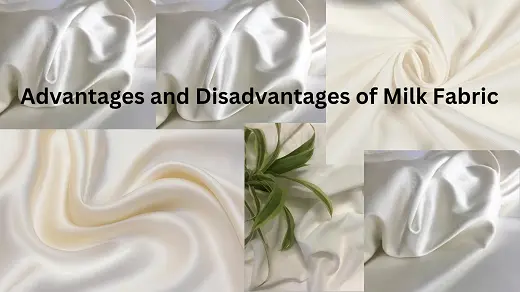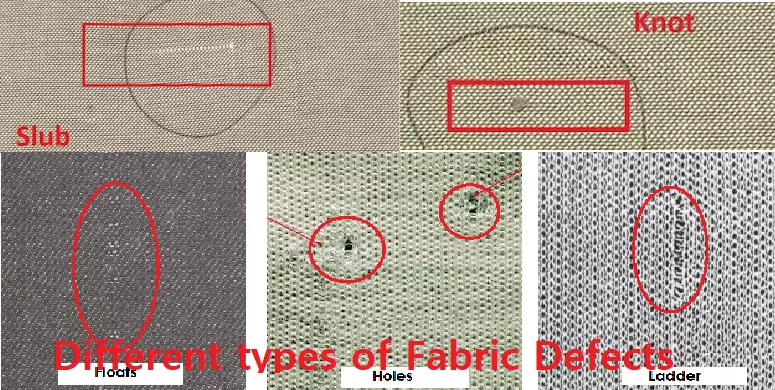Milk fabric, or milk silk or casein fiber, is a bio-based material derived from milk proteins. The process of turning the milk protein into a fiber through a chemical process, similar to the production of other synthetic fibers. This eco-friendly fabric is known for its smooth texture, good drape, and moisture-wicking properties, making it suitable for clothing items like shirts, underwear, and various other garments. It’s a sustainable and eco-friendly alternative in the world of textiles. This innovative fabric has gained attention for its unique properties, yet it has its own advantages and disadvantages. In this article, we present the Advantages and Disadvantages of Milk Fabric below.

Advantages and Disadvantages of Milk Fabric
Advantages of Milk Fabric
- Eco-Friendly Nature: Milk fabric is a natural, biodegradable material, making it an eco-conscious choice compared to synthetic fabrics like polyester or nylon. It decomposes quickly, reducing environmental impact.
- Softness and Comfort: Known for its luxurious feel, milk fabric offers exceptional softness and comfort similar to silk or cashmere. It drapes well, providing a smooth and gentle touch against the skin.
- Breathability and Moisture Absorption: This fabric has excellent breathability, allowing air to circulate and preventing moisture build-up. It has moisture-wicking properties, absorbing moisture away from the body, which can benefit clothing for various climates.
- Antibacterial and Hypoallergenic: Milk fabric contains antibacterial properties due to its protein structure, making it resistant to odors and suitable for sensitive skin. It’s hypoallergenic, reducing the risk of skin irritation.
- UV Resistance: Milk fabric has natural UV resistance, offering protection against harmful UV rays, making it suitable for clothing designed for outdoor activities.
Disadvantages of Milk Fabric
- Durability and Care: Milk fabric lacks durability compared to some other fabrics despite its luxurious feel. It may not withstand harsh washing or frequent wear, and special care, such as gentle washing and avoiding high temperatures, is often required to maintain its quality.
- Limited Availability and Cost: Milk fabric is not as widely produced as traditional textiles, which makes it relatively more expensive due to limited availability. This restricts its accessibility for mass-market consumption.
- Environmental Concerns: While milk fabric is biodegradable, the manufacturing process might involve chemicals and treatments that could harm the environment if not managed properly. Additionally, producing milk fabric requires considerable milk, which raises concerns regarding resource consumption.
- Limited Versatility: The application of milk fabric is somewhat limited due to its characteristics. It might not be as versatile as other fabrics in diverse uses or blending with different materials.
Conclusion
In conclusion, milk fabric stands out for its softness, eco-friendly nature, and unique properties, making it an attractive option in the realm of sustainable textiles. However, the Advantages and Disadvantages of Milk Fabric challenges related to durability, cost, manufacturing processes, and limited versatility hinder its widespread adoption in the textile industry. As advancements in sustainable textile technology continue, addressing these challenges could enhance the feasibility and popularity of milk fabric in the future.
- You may love to read: What is Milk Cotton Yarn? And Its Properties
- What is Milk Silk Fabric? How is Milk Silk Fabric Made of?


